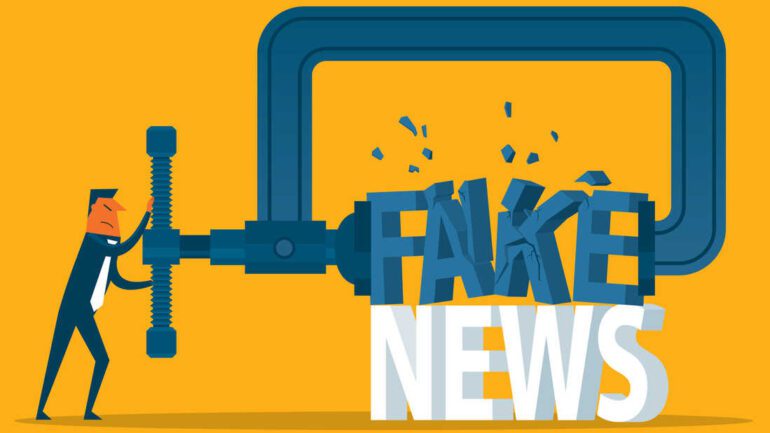TL;DR:
- Research from Binghamton University proposes a machine learning framework and blockchain technology to counter misinformation.
- The machine learning system identifies potential harm caused by fake news and helps prioritize mitigation efforts.
- User characteristics are considered to create a harm index reflecting the severity of possible damage in specific contexts.
- Blockchain technology offers traceability to identify and classify sources of misinformation.
- The user acceptability of blockchain systems is explored to devise effective strategies against fake news.
Main AI News:
In today’s fast-paced digital landscape, the incessant flow of information through the internet and social media channels has become both a boon and a bane. As the public eagerly seeks reliable information, the menace of fake news looms large, capable of inflicting harmful consequences. In response, news outlets, social media platforms, and government organizations have adopted new strategies, putting fact-checking at the forefront and flagging misleading posts to provide audiences with the necessary context.
Addressing the challenge of fake news, researchers at Binghamton University’s School of Management (SOM) have proposed innovative solutions, harnessing the power of machine learning and blockchain technology. Led by Assistant Professor Thi Tran, the research aims to identify areas where misinformation can cause the most harm and focus efforts on mitigating its impact.
The machine learning framework, a branch of artificial intelligence, plays a pivotal role in determining the potential harm posed by fake news to its audience. By analyzing data and employing algorithms, the system can pinpoint indicators of misinformation and enhance the detection process. Notably, it considers user characteristics, such as education level and political beliefs, to create a harm index that reflects the severity of potential damage in specific contexts.
Tran highlighted the significance of individual traits, saying, “Your personality, background, and other factors can influence whether you are susceptible to trusting a specific misinformation message.” Armed with this knowledge, fake news mitigators can identify messages likely to cause the most damage if left unchecked, curbing the spread of harmful falsehoods.
In addition to the machine learning framework, Tran’s research delves into the utilization of blockchain technology as a powerful tool in combating fake news. The unique attribute of traceability within blockchain enables the identification and classification of sources of misinformation, facilitating the recognition of patterns. The study also explores the user acceptability of blockchain systems, seeking to understand how best to convince people to embrace this technology in the fight against misinformation.
Tran’s proposed survey of 1,000 participants from two distinct groups—fake news mitigators and content users—will shed light on the most effective means of leveraging blockchain. By gauging their willingness to adopt various blockchain systems under different scenarios, the research aims to enhance strategies to combat misinformation effectively.
In essence, this research seeks to raise awareness about the patterns of misinformation, empowering individuals to verify information before sharing it. By being alert to discrepancies between headlines and content, the public can thwart the inadvertent spread of fake news.
Conclusion:
The integration of AI-driven machine learning and blockchain technology offers promising solutions in the ongoing battle against fake news. By identifying and prioritizing areas of potential harm, businesses and organizations can better safeguard trust in the market. Embracing these technologies can empower individuals to verify information, combat misinformation, and foster a more informed and reliable digital ecosystem.

